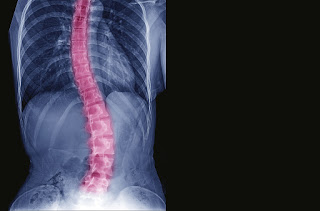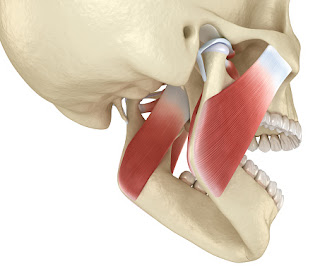The Severity of Scoliosis and the Need for Scoliosis Relief
Scoliosis, the medical term for curvature of the spine, affects millions of people, an estimated 2 to 3 percent of the population. The most common form is idiopathic scoliosis in which the cause is unknown, and it most commonly occurs between the ages of 10 and 18. Girls are much more likely than boys to require treatment. The severity of scoliosis and the need for scoliosis relief is determined by the angle at which the spine is out of normal alignment. Milder cases generally require no treatment.
If the spinal curve is less than 25 degrees, ongoing monitoring is recommended to see if the angle is increasing.
If the curve is increasing over time, or if it is between 25 and 40 degrees, treatment with bracing is used.
When the angle exceeds 45 to 50 degrees, surgical correction may be necessary.
Scoliosis can be classified by etiology: idiopathic, congenital or neuromuscular. Idiopathic scoliosis is the diagnosis when all other causes are excluded and comprises about 80 percent of all cases. Adolescent idiopathic scoliosis is the most common type of scoliosis and is usually diagnosed during puberty.
Painkilling tablets may help relieve the pain that can be associated with scoliosis. NSAIDs, such as ibuprofen, are usually the first treatment recommended. These are available to buy from pharmacies and supermarkets without a prescription. But NSAIDs are not suitable for everyone, so check the box or leaflet to see whether you can take the medicine first. Speak to a pharmacist if you're not sure. See a GP if over-the-counter painkillers do not work. They may prescribe stronger painkillers or refer you to a specialist pain management clinic.
Some people visit a chiropractor to relieve the pain and discomfort of scoliosis. Chiropractors manipulate the spine and provide alternative treatments. They maintain that realigning the spine will promote healing and well-being. Chiropractic treatment may improve the quality of life for a person with scoliosis. However, it is not a cure as it does not resolve the curvature of the spine. Research has not proven that chiropractic manipulations have benefits for scoliosis. People who wish to visit a chiropractor should take care to select one who specializes in scoliosis. Receiving chiropractic treatment from a nonspecialist can make symptoms worse.
Severe scoliosis typically progresses with time, so your doctor might suggest scoliosis surgery to reduce the severity of the spinal curve and to prevent it from getting worse. The most common type of scoliosis surgery is called spinal fusion. In spinal fusion, surgeons connect two or more of the bones in the spine together, so they can't move independently. Pieces of bone or a bone-like material are placed between the vertebrae. Metal rods, hooks, screws or wires typically hold that part of the spine straight and still while the old and new bone material fuses together.
Scoliosis tends to run in families, and girls are more likely than boys to suffer from it. Severe cases of scoliosis can lead to health complications if left untreated, which is why early diagnosis and intervention are so important.




Comments
Post a Comment